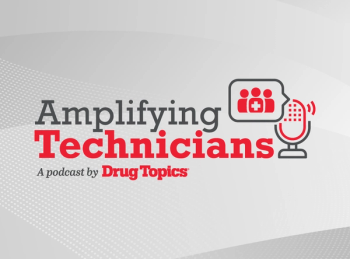
Q&A: Cross-Training Pharmacy Teams to Address Social Needs
Cross-training pharmacy staff as community health workers enables pharmacies to effectively address health-related social needs and improve community health outcomes.
Community pharmacies are uniquely positioned to address health-related social needs (HRSNs) such as food insecurity, housing, and transportation barriers. By cross-training staff as community health workers (CHWs), pharmacies can strengthen patient engagement, improve referral success, and create sustainable, scalable programs that bridge clinical care with essential social support services.
Drug Topics® recently sat down with Christopher Daly, PharmD, MBA, BCACP, clinical associate professor at the University at Buffalo, and David Jacobs, PharmD, PhD, associate professor at the University at Buffalo, who were authors on a recent study that examined a community pharmacy health-related social needs model, to discuss how community pharmacy staff can be effectively cross-trained as community health workers to support patients with unmet social needs.1
Drug Topics: How can pharmacy staff be effectively cross trained as community health workers to support patients with unmet social needs?
Christopher Daly, PharmD, MBA, BCACP: When we tackled this question over multiple projects, we look at it from this perspective. When we think of community health workers, they are individuals that live, eat, grow, and pray within their own community and also happen to work within their own community as well. When we think of the correlations of what that looks like from a community pharmacy point of view, we have a lot of similarities. We have individuals at pharmacies that have been in place for many years, if not decades, that get to know their community, and that is the pharmacist, pharmacy interns, pharmacy technicians, clerk, managers, other support staff, delivery drivers would be another example. Those individuals fit some of those criteria. These are individuals who know their community, know their neighbors, live in the community, which is most important, look like community members, speak like community members. That's where the initial mindset came to be.
When we look at the original question to cross-train, we're trying to take individuals who have great knowledge of the health care system within the community pharmacy, and augment their skill set [with] effective communication techniques, being able to bridge resources and develop resource guides, and have that ability to not only screen and engage an individual, but to be able to encourage them and provide them a referral source to another community based organization that is able to address their social needs.
David Jacobs, PharmD, PhD: I think in our most recent projects, we saw two types of training. The first one was the initial community health worker training. We've seen these types of trainings could be done over 2 day or 4 day periods, could be longer in order to obtain that CHW certificate. I think it provides the basic training that Chris is describing. The ability to interact and discuss the needs that are beyond the medical health care training that is typical of a pharmacy technician. We've seen success with that.
The second part of the training that we saw that led to success was the ongoing training. What does that look like? As the project kind of moves along, there is leadership and training in place to continue to train these individuals, whether it be how they are encountering different situations, whether it be novel ways to kind of work with community-based organizations (CBO). What we what we tried to describe in our most recent paper, was that two different levels of training, the initial community health worker and then an ongoing training that really supported these individuals in the pharmacy, boots on the ground. I think that level of success, at least the feedback that we got from the technicians that were cross trained, was really necessary.
When it came to leadership, we looked at in two different ways. We looked at as, yes, there was the pharmacy leadership within the pharmacies themselves, but we also had that second level of leadership, which was the CPESN level. This was when they reached out with a problem within working with an individual or a challenge, let's say they sometimes reach out to the CPESN leadership to help. What type of CBO is available? How do I interact? What are some of the social need resources in my area? That’s where leadership is needed for success in these type of programs, as well as that initial training and then continuous training along with the program to really lead to success.
READ MORE:
Are you ready to elevate your pharmacy practice? Sign up today for our
References
1. Daly CJ, Iqbal DN, Chen E, et al. Implementing a Community Health Worker Model to Address Health-Related Social Needs in a Community Pharmacy Network: A Pragmatic Evaluation. 2025. J Am Pharm Assoc. DOI:10.1016/j.japh.2025.102490
Newsletter
Pharmacy practice is always changing. Stay ahead of the curve with the Drug Topics newsletter and get the latest drug information, industry trends, and patient care tips.






































































































































